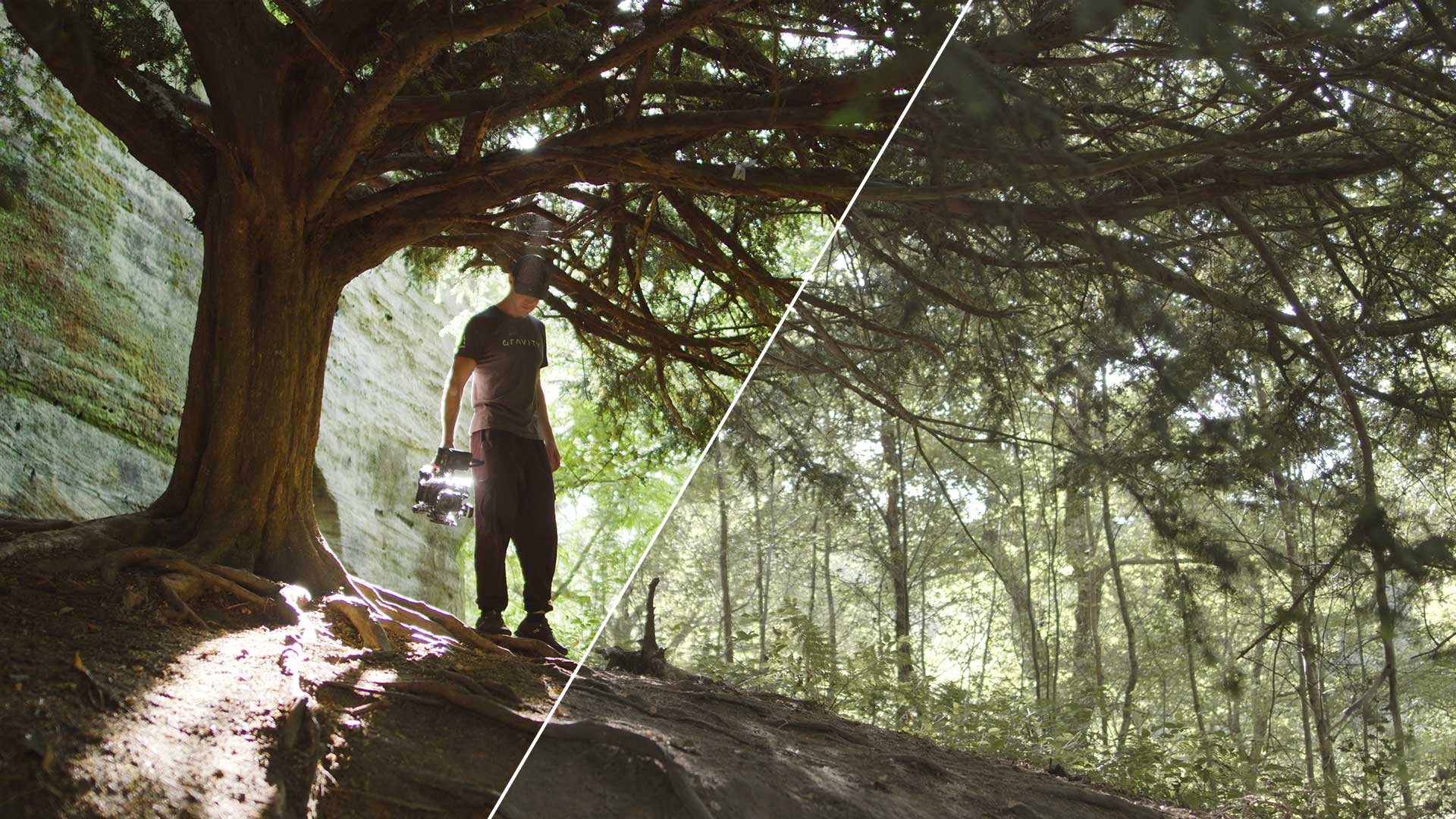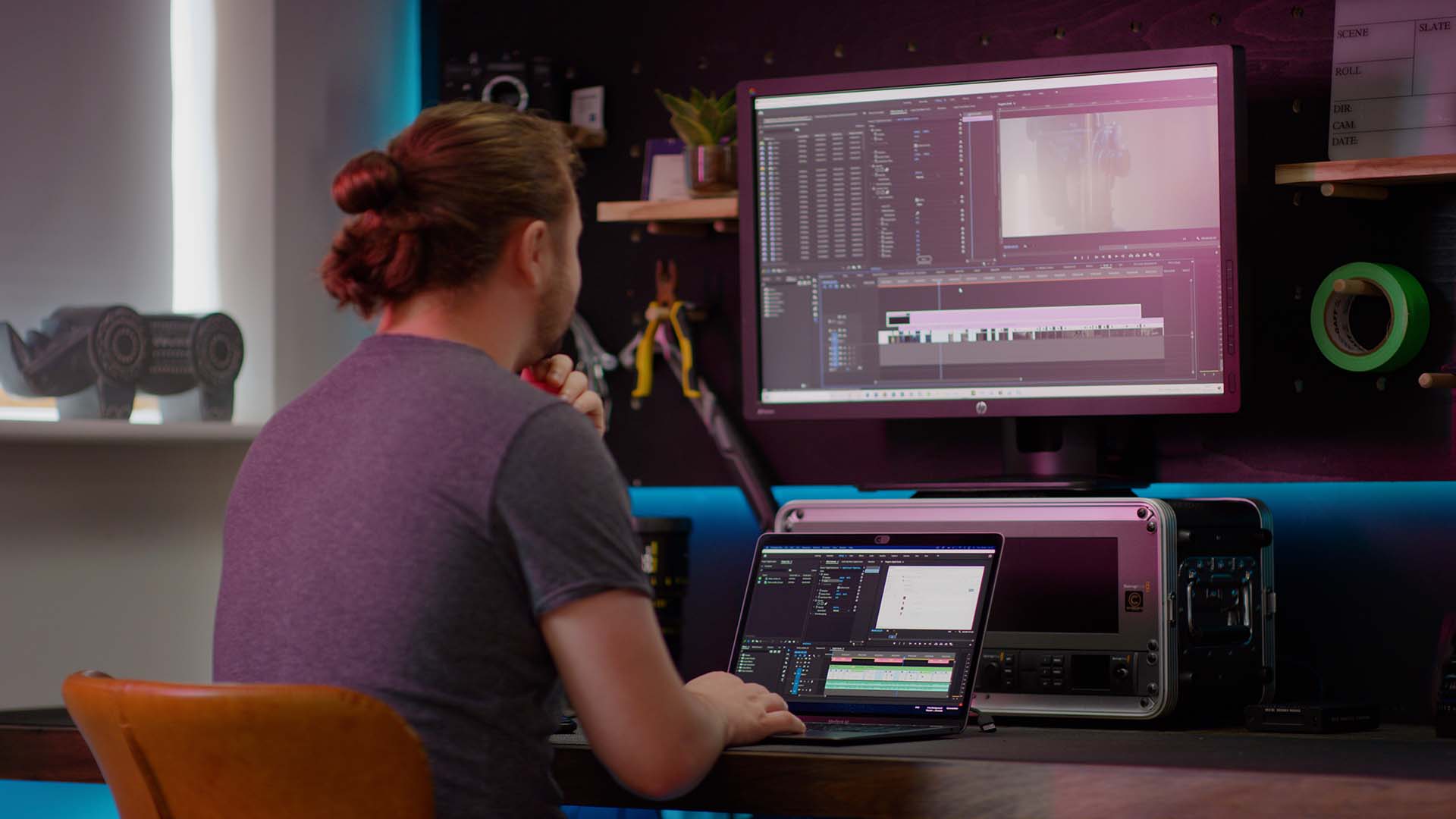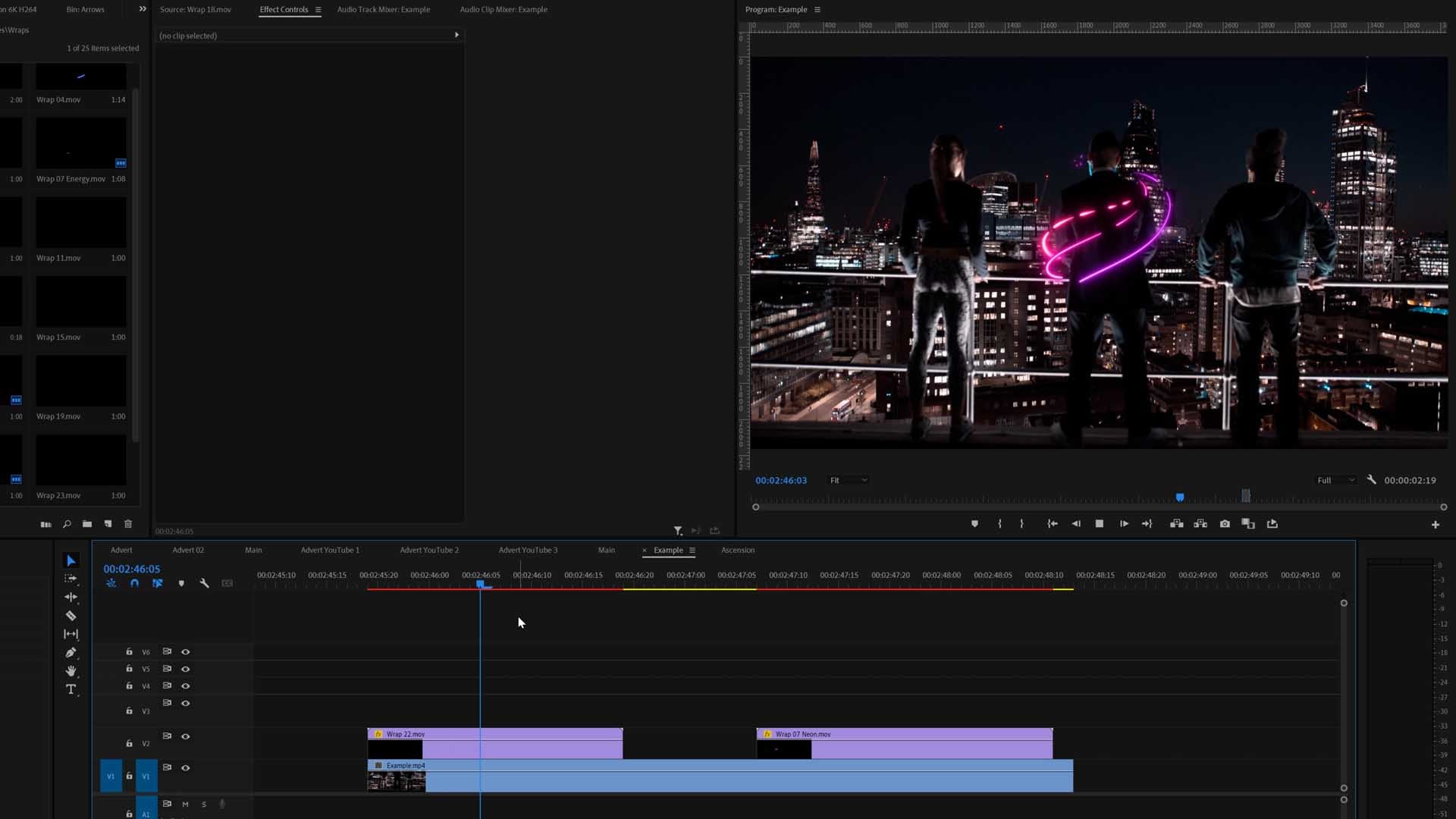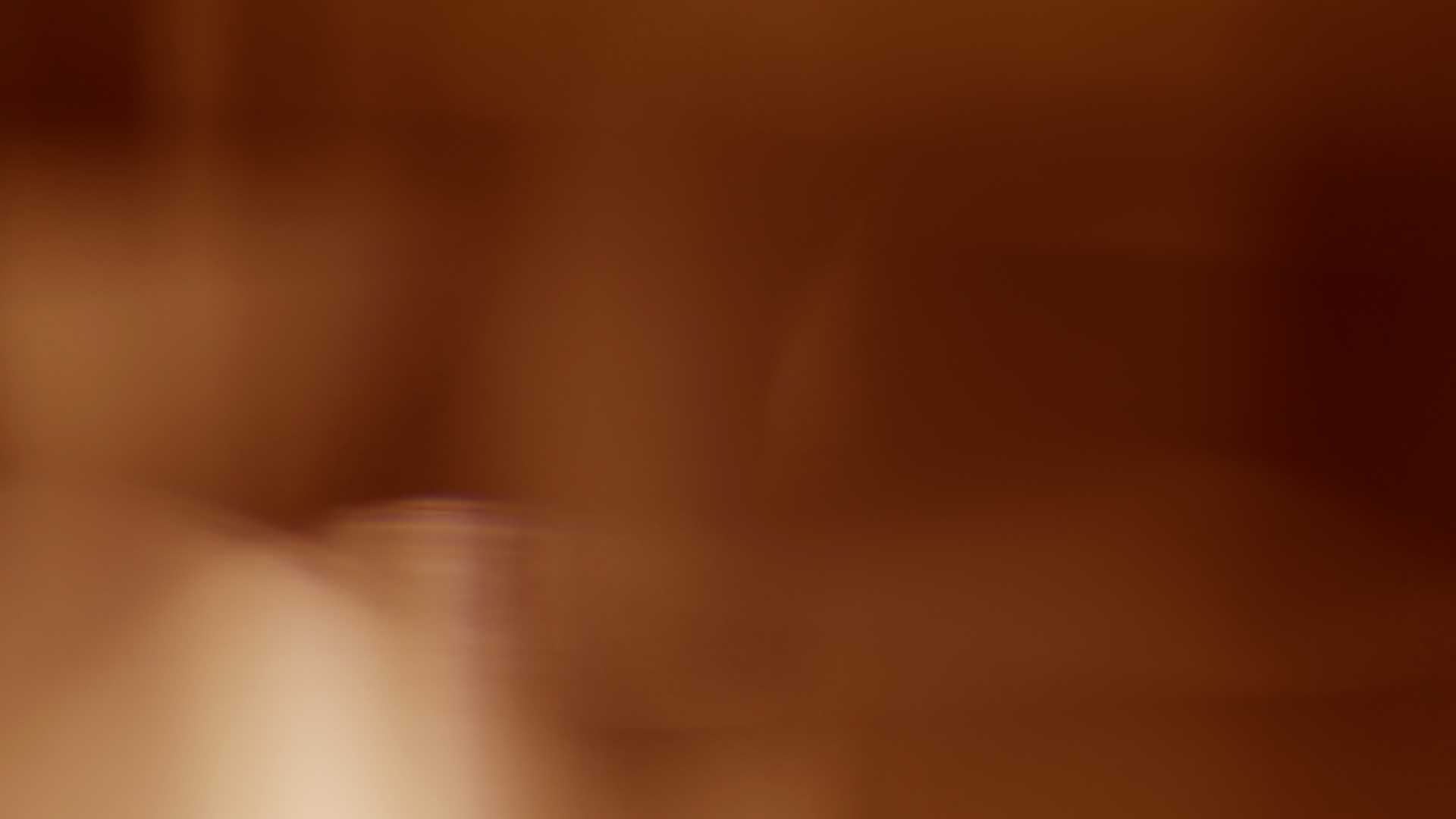Updated 29 June 2022
Why you should have a calibrated 10-Bit monitor for Color Grading

Color grading is an important process of content creation in all its forms. When you’re editing pictures or videos, most times you are color grading because you want that content to look a certain way. Still, why should you have a 10-bit monitor for color grading?
Even though the difference between the two of them doesn’t seem huge, there are some things a video editor can’t live without. In the past years, technology experienced a huge jump, and if 5 years ago we were limited to filming at 8-bit at most, some of the newest cameras can even provide 16-bit recordings.
Now, if you use an 8-bit monitor, it’s clear to say that you are not experiencing the full potential of most cameras' color spectrum!
The difference between 8-bit & 10-bit is huge
You will be surprised as the difference between 8-bit and 10-bit sounds minimal right? Just 20% difference? No!
While 10-bit reaches 1024 colors per channel, 8-bit will only reach 256 per channel. This means that 8-bit files will display 16.7 million colors, while 10-bit will display about 1.07 billion, which is a lot more! Then we get to 16-Bit that's used in RED Cameras, which reaches 65,536 colors per channel, which totals to around 281 Trillion possible colors!
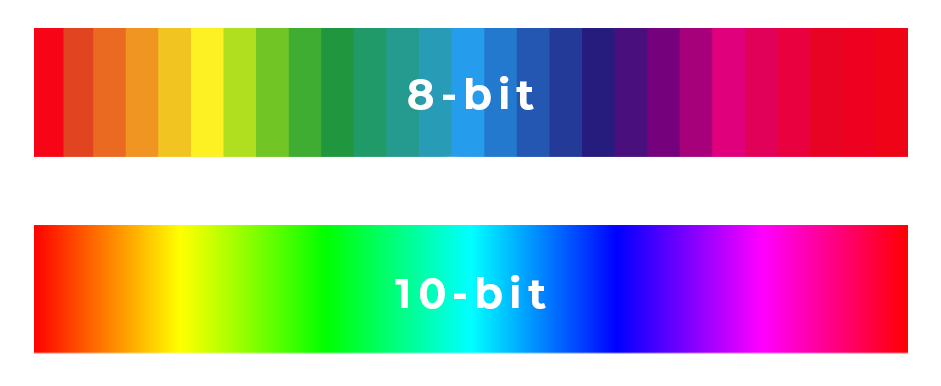
| 8-Bit | 10-Bit | 12-Bit | 16-Bit |
|---|---|---|---|
| 16.7 Million Colors | 1.07 Billion Colors | 68 Billion Colors | 281 Trillion Colors |
| 256 Colors Per Channel | 1024 Colors Per Channel | 4096 Colors Per Channel | 65,536 Colors Per Channel |
Think about it this way. Instead of having a flawless transition and seeing all the color variations on a 10-bit monitor, you will see the approximate colors on an 8-bit monitor, meaning that it won’t be as accurate. If you’re a professional, then you can’t be working on an 8-bit monitor, as you need to have the best color grading process, with the most accurate colors.
A company that understood this, is Apple. Because of this, all Apple computers have a 10-bit screen since the Retina display was released and adopted. They are all perfectly calibrated for their own AppleRGB color. Nowadays, you can easily find a good MacBook or iMac for color grading, and it will be completely worth it.
Now, something that’s very important about the color grading process, is the calibration of your monitor. It’s important that you see the colors correctly, as you may color grade a video or photo and then it shows much different on peoples mobiles, laptops and print.
Why should you calibrate your monitor?
It's important to calibrate your monitor if you are color grading, editing photos, graphic design or anything to do with editing colors. Especially being a professional, you want the client or person viewing to see the correct colors you intended to show. If your monitor isn't calibrated, then the colors aren't going to be the same as what the other person is seeing. Especially if they have a calibrated iPhone or mobile.
Using LUTs:
When using LUTs it's really important to have a calibrated monitor to see the correct colors that the creator intended. It's as simple as that. So we highly recommend to calibrate your monitor if you have an external monitor.
Filmmakers & Photographers:
If you're a Filmmaker or Photographer, then you should 100% get a 10-Bit monitor. Most cameras shoot 10-Bit or higher now, especially Photography DSLR cameras averaging around 12-Bit. So why not experience the most potential out of your cameras colors? Using an 8-Bit monitor you will only be seeing around 5% at most of what the camera is producing.
Gamers & Movie lovers:
Same for gamers or movie lovers. Experience your games and films in the best quality possible and enhance your viewing experience!
How to calibrate your monitor for Color Grading
There are quite a few ways you can calibrate your monitor for color grading, some being better than others. Back in the day, calibrating a monitor was the most frustrating thing in the world, but thankfully, those days are over. Now, most operating systems have a built-in tool, and even though that’s not the best choice, it’s still possible if you can’t get your hands on a professional tool soon.
Color calibrating your monitor won’t suddenly give you the best quality, but it will make everything accurate for that specific monitor. The quality is down to your monitor.
The best option is to upgrade to a 10-bit monitor and invest in a very good color calibration tool. Some of them, such as DataColor’s Spyders or X-Rite’s Calibrators will help you calibrate everything according to your environment. All you need to do is set up the software, device, and wait for a few minutes until everything is calibrated.
A 10-bit monitor right now is the standard, as the 8-bit is getting old and we’re set to embrace the 12-bit monitors in the near future. When you make such an investment, you need to think about what the future will bring, and right now, 8-bit monitors are a little outdated.
What monitors are good for 10-bit?
All iMacs and MacBooks from the past 5 years or so, have calibrated 10-Bit monitors. So if you have an Apple computer then you shouldn't need to worry! On the other hand if you have an external monitor to a PC or Mac, then you should look into calibration.
When looking for monitors on the market, there are some leading brands right now with awesome monitors. Just make sure you find a true 10-bit monitor as there are many that claim 10-bit but they are actually 8-bit + FRC.
LG have done a lot of work with Apple, so they have some great monitors. Also BenQ have created some monitors especially for Photographers and Filmmakers. It's best to find what brand you love then check the specifications to see the color depth of the monitor. We have listed a few good ones below.
- BenQ Video Post Production
- BenQ Photography Monitors
- LG UltraFine 5K Monitor (Only for Apple Computers)
- LG Monitors have a great range (Check the specs)
- Dell Monitors have a great range (Check the specs)
Please do check in the specifications that the monitor you are looking at supports 10-Bit or 1.07billion colors.
Color checker cards can be useful when Color Grading
When using DaVinci Resolve, you can actually check your monitor calibration to a color checker card. This is a way to find if your monitor calibrator has done a good job.
Also color checker cards are amazing on set, so the colorist can accurately sync up the white balance and colors in the color grading suite. You can find a few great color checker cards which are compatible with DaVinci Resolve below.
X Rite Color Checker Video - DaVinci Resolve Workflow
Conclusion
Get a 10-Bit monitor if you are a content creator and also want to appreciate viewing movies, series and everything in 10-Bit. Remember 8-Bit is only 16.7million colors while 10-Bit is 1.07billion!

Author
Will Sutton


